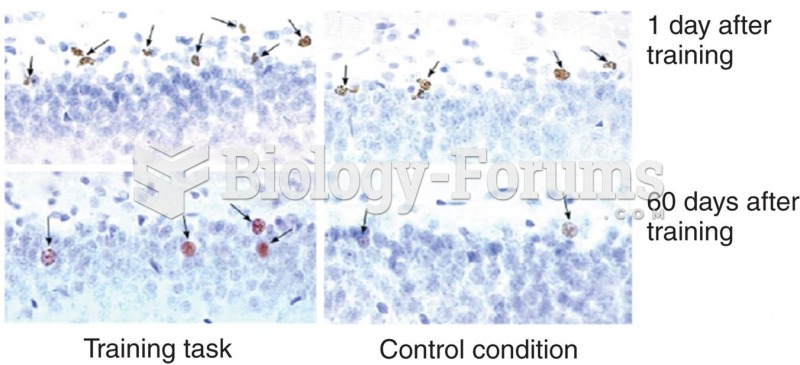|
|
|
People with high total cholesterol have about two times the risk for heart disease as people with ideal levels.
More than 30% of American adults, and about 12% of children utilize health care approaches that were developed outside of conventional medicine.
The B-complex vitamins and vitamin C are not stored in the body and must be replaced each day.
As many as 20% of Americans have been infected by the fungus known as Histoplasmosis. While most people are asymptomatic or only have slight symptoms, infection can progress to a rapid and potentially fatal superinfection.
More than 50% of American adults have oral herpes, which is commonly known as "cold sores" or "fever blisters." The herpes virus can be active on the skin surface without showing any signs or causing any symptoms.







